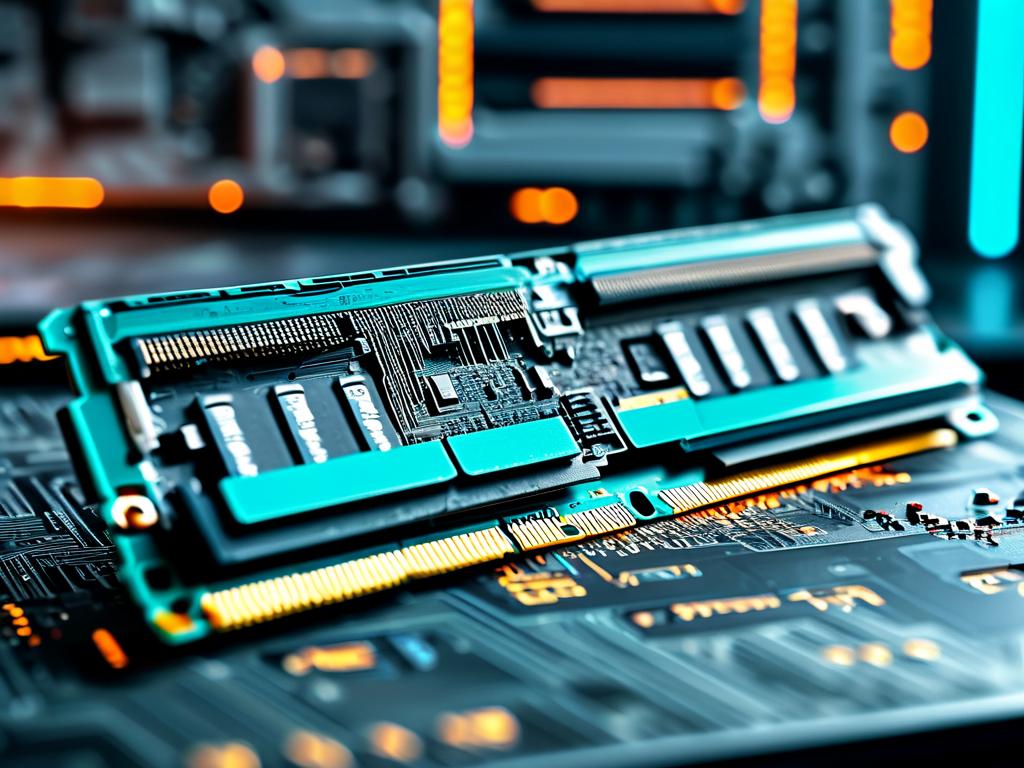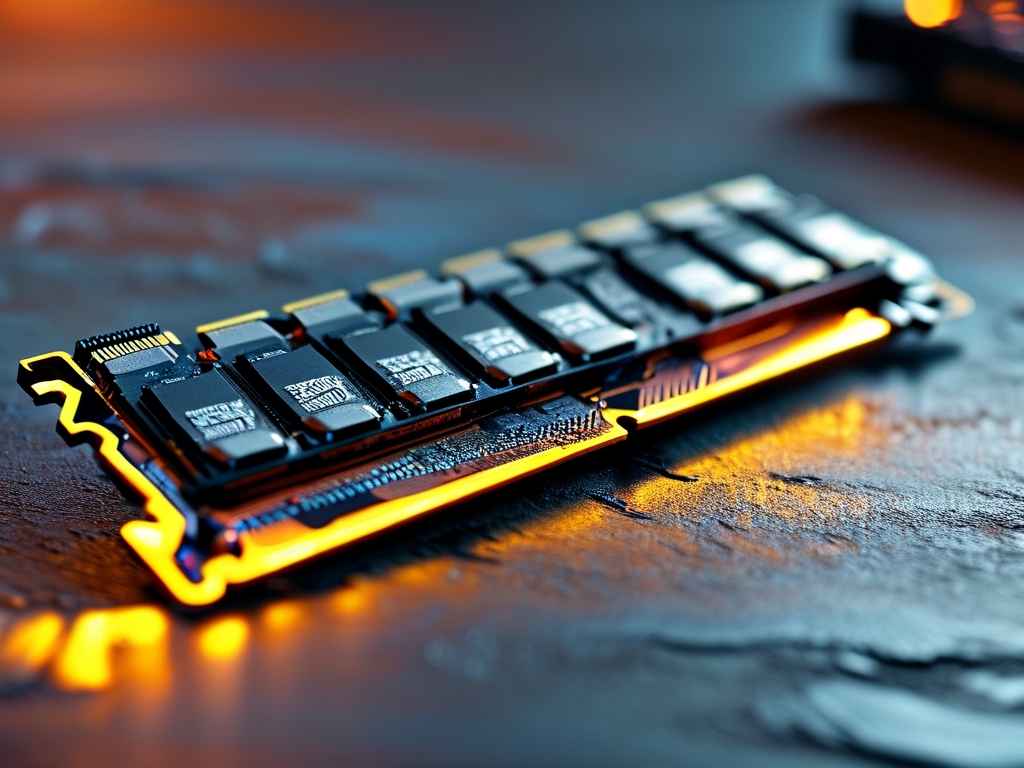Understanding how to calculate independently addressable memory is essential for optimizing hardware design and software performance. This concept lies at the core of modern computing systems, enabling efficient data storage and retrieval. Below, we explore the principles, formulas, and practical examples to demystify this critical topic.

What Is Independently Addressable Memory?
Independently addressable memory refers to a configuration where each memory unit (such as a byte or word) has a unique identifier, or address. This design allows processors to access specific data locations directly without sequential scanning. For instance, in a system with 4GB RAM, every byte can be individually targeted using its distinct address.
Key Components for Calculation
To determine the scope of independently addressable memory, two factors matter:
- Address Bus Width: The number of bits in the address bus defines the maximum addressable memory. An n-bit bus can reference 2^n unique locations.
- Data Unit Size: The smallest addressable unit (e.g., 8 bits for byte-addressable memory) impacts granularity.
For example, a 32-bit address bus supports 2^32 addresses. If the system uses byte addressing, total addressable memory equals 2^32 bytes (4GB).
Mathematical Framework
The formula for calculating addressable memory is:
Addressable Memory = 2^(Address Bus Width) × Data Unit Size Let’s break this down with a hypothetical scenario:
- Address Bus: 24 bits
- Data Unit: 16-bit words
Here, 2^24 = 16,777,216 unique addresses. Multiplying by the 16-bit word size yields 268,435,456 bits (or 33,554,432 bytes).
Practical Considerations
Real-world systems often incorporate additional layers. Modern CPUs use memory segmentation or paging to manage larger address spaces. For instance, x86 architectures historically combined segment registers with offset addresses to extend reach beyond 16-bit limitations.
Another nuance is memory-mapped I/O, where peripherals like GPUs share the same address space as RAM. This requires careful allocation to avoid conflicts.
Case Study: Embedded Systems
In microcontrollers, limited address buses constrain memory. An ARM Cortex-M0+ with a 32-bit bus theoretically supports 4GB addressing. However, physical RAM might be 64KB, leaving unused addresses for peripheral mappings. Developers must align software expectations with hardware constraints.
Code Example: Simulating Address Calculations
Below is a Python snippet demonstrating addressable memory computation:
def calculate_memory(address_bits, unit_size_bits):
unique_addresses = 2 ** address_bits
total_bits = unique_addresses * unit_size_bits
return total_bits / 8 # Convert to bytes
# Example: 16-bit bus with 8-bit units
print(calculate_memory(16, 8)) # Output: 8192 bytes (8KB)
Common Pitfalls
- Misaligned Addressing: Accessing non-integer multiples of the data unit size can cause performance penalties or errors.
- Overflow Risks: Exceeding the address bus limit leads to undefined behavior, such as memory wraparound.
Future Trends
Emerging technologies like CXL (Compute Express Link) and heterogeneous memory architectures challenge traditional addressing models. These frameworks enable shared memory pools across CPUs, GPUs, and accelerators, demanding advanced calculation methods.
Calculating independently addressable memory requires balancing theoretical limits with real-world constraints. By mastering address bus dynamics, data unit sizing, and system-specific quirks, engineers can optimize memory utilization for diverse applications—from IoT devices to supercomputers. As hardware evolves, staying updated on addressing innovations remains crucial for cutting-edge development.







